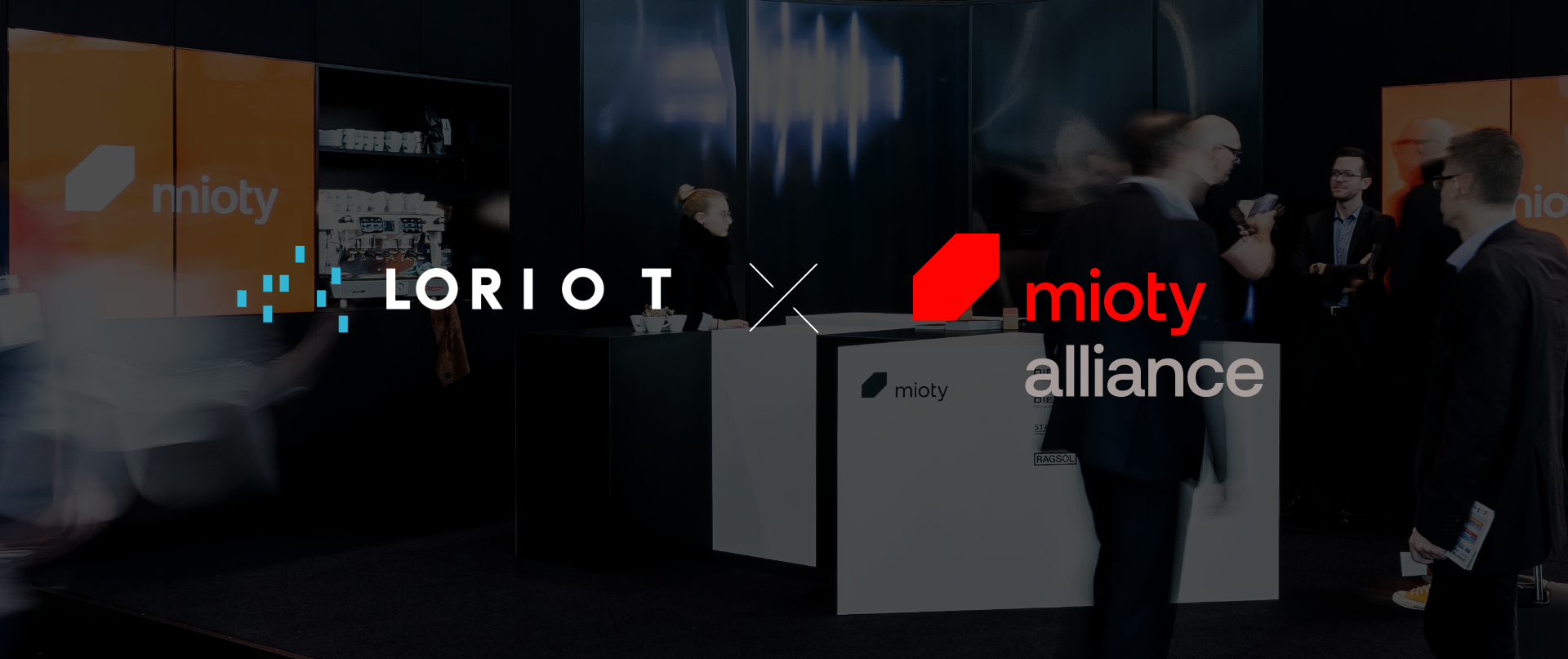Already an Associate Member since April 2020, LORIOT has decided to become a Full Member and strongly commit to this promising technology to expand its offering. The company is already working on its mioty solution that will be integrated into its existing LoRaWAN solution.
Zurich, Switzerland, 19.05.2022. - LORIOT, the IoT company enabling long-range IoT networks worldwide, announces its strategic commitment to mioty, the innovative long-range protocol designed and optimized for massive IoT deployments. The purpose is to provide additional connectivity alternatives, LoRaWAN® and mioty®, and greater flexibility to clients based on their specific needs and use case requirements.
As a full member of the mioty alliance, the company will benefit from all the prerogatives reserved for this level of membership including participation and voting in committees, initiating task forces, and participating in lead generation programs. LORIOT will be able to contribute more to the evolution and adoption of the protocol in the LPWAN industry.
The mioty alliance's Board of Directors approved the application, and LORIOT will participate in the technical committee's work today, May 19.
"Since its inception, our company has focused its efforts on the LoRaWAN technology with the aim of delivering the best possible solution to our customers, large and small companies operating in indifferent industries. Today, we play a leading role in the market and enjoy the trust of our customers who increasingly express their need for greater flexibility to manage high-density networks, particularly in the industrial and metering sectors. We can clearly see how the mioty technology has the potential to address the requirements of large-scale massive IoT projects. By increasing our commitment in the mioty alliance, we will be able to collaborate with other members and partners in order to expand our offering with a mioty Service Center and bring value to the ecosystem." said Julian Studer, CEO & founder of LORIOT.
The new mioty solution, currently in its prototyping stage, will work alongside with the existing LoRaWAN network server solution, which will remain central to the company's offer and strategy.
#####
mioty alliance® and mioty® are marks used under license from the mioty alliance®.
LoRaWAN® is a mark used under license from the LoRa Alliance®.
